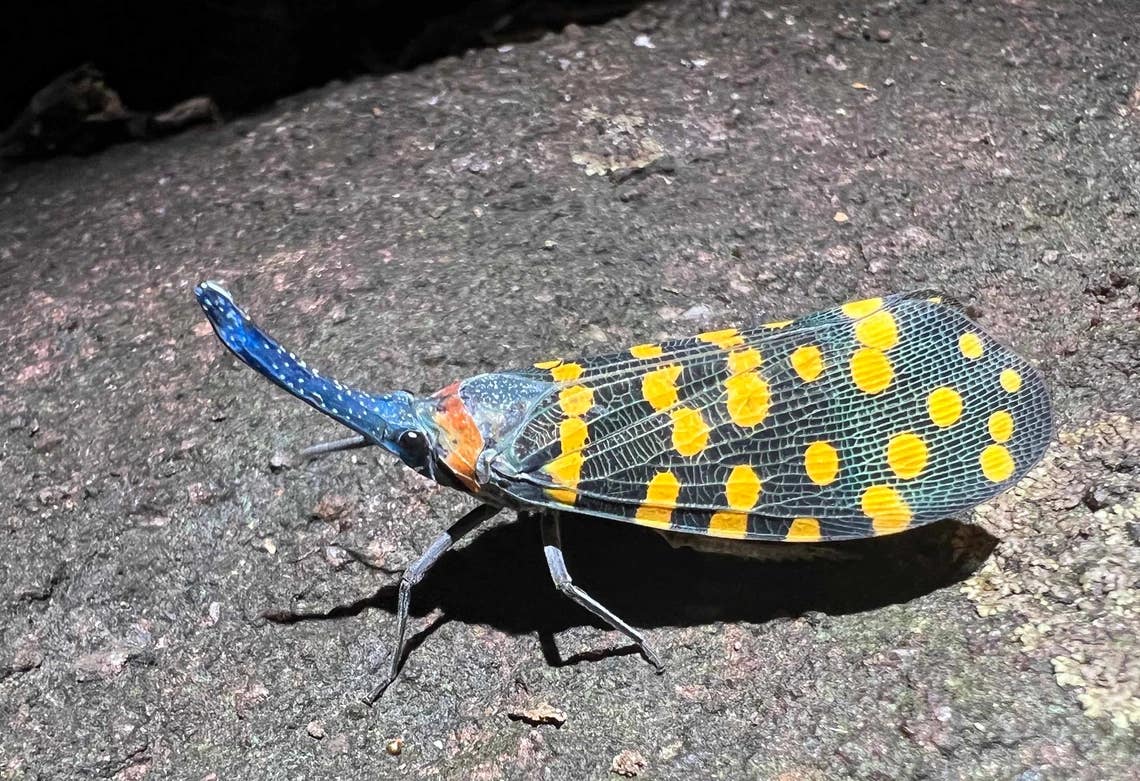Researchers turn coffee waste into a weapon against Alzheimer’s disease
Neurodegenerative diseases like Parkinson’s and Alzheimer’s affect millions of people and are becoming more common as the population ages.

Scientists have turned used coffee grounds into brain-protective nanoparticles that may stop Alzheimer’s and Parkinson’s before symptoms start. (CREDIT: Getty Images)
Neurodegenerative diseases like Parkinson’s and Alzheimer’s affect millions of people and are becoming more common as the population ages. These conditions cause brain cells to break down over time, leading to problems with movement, memory, and basic daily functions. While some cases are inherited, most occur randomly—often tied to environmental toxins such as pesticides.
Studies have shown that long-term exposure to chemicals like paraquat and chlorpyrifos—common in agriculture—can trigger damaging changes inside the brain. These substances generate harmful molecules called free radicals and disrupt the systems that normally clear damaged proteins from nerve cells. Over time, they cause proteins like amyloid beta and alpha-synuclein to clump together, leading to nerve cell death and the symptoms seen in disorders like Alzheimer’s and Parkinson’s.
These diseases not only rob people of their ability to think and move but also strain families and health systems. According to the Alzheimer's Association, the financial toll in the U.S. runs into the hundreds of billions of dollars each year.
Yet despite intense research, effective treatments remain elusive. A major hurdle is the blood-brain barrier (BBB)—a tightly controlled gateway that protects your brain by blocking most substances in the bloodstream, including nearly all drugs. Less than 1% of drug candidates for brain diseases ever make it across. That’s why researchers are now turning to new solutions—ones that are small, smart, and surprisingly eco-friendly.
Coffee waste holds a surprising solution
At The University of Texas at El Paso, a team led by Professor Mahesh Narayan and doctoral student Jyotish Kumar has discovered a promising approach using discarded coffee grounds. Their breakthrough focuses on tiny particles known as Carbon Quantum Dots (CQDs), which are engineered from caffeic acid—a compound found in coffee, apples, and red wine.
Using a process that heats used coffee grounds to 200 degrees Celsius for four hours, the researchers created caffeic-acid based Carbon Quantum Dots (CACQDs). These nanoparticles are incredibly small—between 2 and 20 nanometers—and can be tuned chemically to pass through the blood-brain barrier. Because caffeic acid already has antioxidant and anti-inflammatory properties, these particles show special potential to protect brain cells from damage.
The team’s work, published in the journal Environmental Research, suggests that CACQDs may help prevent or slow the onset of neurodegenerative diseases caused by environmental toxins.
Related Stories
“These nanoparticles don’t just manage symptoms,” said Kumar. “They target the root causes—free radical damage and toxic protein buildup—at the atomic and molecular level.”
Tackling damage before it starts
The research explored how CACQDs perform under stress conditions similar to those found in diseased brains. The team used paraquat—a pesticide known to cause Parkinson-like symptoms in lab models—to generate oxidative stress and protein aggregation in human-derived brain cells. CACQDs scavenged the free radicals, stopped harmful proteins from clumping, and showed no toxicity at doses up to 5 milligrams per milliliter.
This is important because early stages of neurodegenerative diseases often go unnoticed until major damage has already occurred. Intervening early with a safe, accessible, and brain-penetrating treatment could change that.
“It’s critical to treat these disorders before they progress too far,” said Narayan. “Once damage reaches an advanced stage, treatments become expensive and less effective. Our goal is to offer something affordable and preventive.”
Caffeic acid naturally crosses the blood-brain barrier, and its conversion into CACQDs helps preserve some of those beneficial chemical groups. The researchers believe this boosts the dots’ ability to enter the brain and clear harmful molecules before they trigger widespread cell death.
Cleaner tech meets greener medicine
The CACQD synthesis process aligns with green chemistry principles, offering an environmentally responsible approach to biomedical innovation. Instead of using rare or toxic materials, the team transforms coffee waste into valuable therapeutic tools. The process doesn’t require high-cost equipment or rare ingredients, making it an ideal candidate for scale-up and low-cost production.
In the context of medicine, these carbon quantum dots tick several boxes. They are water-soluble, chemically stable, and brightly fluorescent—meaning they can even help image the brain or monitor disease activity. Their safety, combined with antioxidant and anti-aggregation abilities, makes them one of the most exciting tools in nanomedicine today.
Despite this progress, translating laboratory research into real-world treatments takes time. The UTEP team is seeking additional funding to advance CACQDs into animal studies and, eventually, human trials. If successful, their work could lead to a new class of low-cost pills or injections designed to stop neurodegenerative diseases before they begin.
The project has also been a collaboration across generations and institutions. Undergraduate students like Sofia Delgado, now pursuing her Ph.D. at Yale University, played key roles in early experiments. Dr. Hemen Sarma, a plant biology professor at Bodoland University, contributed expertise on chemical properties and biocompatibility.
Addressing a global need with a local idea
Neurodegenerative diseases don’t just affect those diagnosed. Caregivers, families, and entire healthcare systems feel the impact. As life expectancy increases, the need for accessible and effective prevention grows even more urgent.
“Coffee is something people around the world consume daily,” said Kumar. “What if we could turn the waste from that habit into something that protects our brains?”
That simple idea could become a cornerstone of preventive health—especially for rural, aging, or underserved populations who face barriers to expensive treatments. Since most cases of Alzheimer’s and Parkinson’s are not inherited, there’s real opportunity to reduce disease burden through early intervention.
Big data now links organophosphates and other pesticides to spikes in neurodegenerative disease. Workers exposed to paraquat and similar chemicals are at higher risk for Parkinson’s, and studies show these toxins can cross the blood-brain barrier and cause the same oxidative damage seen in lab models. Rotenone, MPTP, methamphetamine, and mycotoxins also follow similar toxic pathways, disrupting the same brain circuits.
That makes a brain-targeting antioxidant—especially one that crosses the BBB—a key target for innovation. CACQDs meet those requirements and add a bonus: they’re sustainable.
Researchers remain cautious but hopeful. Larger studies in animals are needed to confirm CACQDs' protective effects and rule out long-term toxicity. Still, the early data is promising.
As Narayan’s team pushes forward, their mission is clear—bring real, affordable solutions to the millions facing these debilitating diseases.
Note: Materials provided above by The Brighter Side of News. Content may be edited for style and length.
Like these kind of feel good stories? Get The Brighter Side of News' newsletter.



